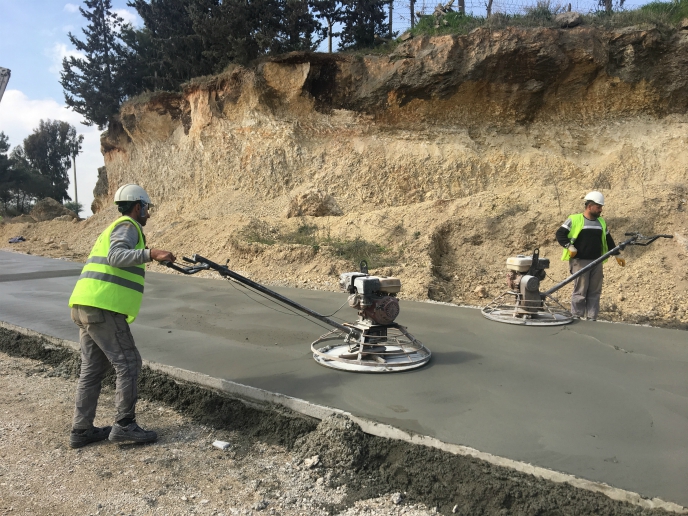How regional cooperation can drive resource efficiency forward
The EU-funded R4R project has sought to highlight, identify and share opportunities for innovation in resource and energy-efficient technologies. ‘Europe’s chemical and processing industries can reduce dependency on fossil fuel and raw materials by innovating and working closer together’, says the EU-funded R4R project’s scientific coordinator Dr Frida Jones from the Technical Research Institute of Sweden. The project’s results will benefit European industries processing a range of chemicals, materials and medicines that are integral to everyday life. Key means of transforming chemical and process industries include switching to bio-based feedstock, improving the efficiency of processes, recycling waste materials and achieving synergies between various industrial sectors. A lasting legacy has been the creation of a platform for international collaboration on resource efficiency, which will further accelerate innovation and promote eco-innovative technologies globally. The three year initiative brought together six European regions in order to coordinate their research and innovation efforts: Västra Götaland (Sweden); West Pomerania (Poland); Rotterdam (The Netherlands); West Brabant (The Netherlands); Aragon (Spain); and North-Rhine Westphalia (Germany). The Polish region was mentored by the others, and as a result has significantly developed its innovation capacities. ‘One of the strengths of this project has been the involvement of public, private and research organisations (the so-called triple helix clusters) in each of these regions, all working together,’ says Jones. ‘These clusters have ensured that all knowledge obtained is spread within each region.’ The project began by analysing and benchmarking regional technology innovation systems (TISs) in the areas of bio-based feedstock, resource-efficient processes and waste materials recycling. Regional, national and European Joint Action Plans (JAPs) were then developed in order to accelerate innovations in resource and energy technologies. ‘Decision makers in each region have been actively involved and consulted with during the TIS analysis and the Joint Action Planning,’ says Jones. ‘In addition, a number of innovations have been implemented. In Poland for example ashes from a combustion plant are now used by a processing plant to extract phosphorus to make fertilisers.’ By addressing the strengths, weaknesses, opportunities and threats from an economic, innovation, research and innovation policy perspective, R4R will also help to boost business opportunities for regional SMEs by identifying and promoting successful innovation systems, mechanisms, processes and incentives. An online guide on open educational resources for resource efficiency provides a panoramic view on web tools and all connected topics, with an emphasis on the regions involved in the R4R project. Following completion of the project in October 2015 some spin-off projects have continued, with a number of ongoing cross-border regional collaborations. By 2030, R4R aims to have contributed towards reducing fossil feedstock dependency and industry carbon footprint by 50 %, raw material usage by 20 % and primary energy consumption by 30 % in European chemical and processing industries.
Keywords
R4R, regional cooperation, energy efficiency, bio-based feedstock, triple helix clusters, international collaboration, eco-innovation







